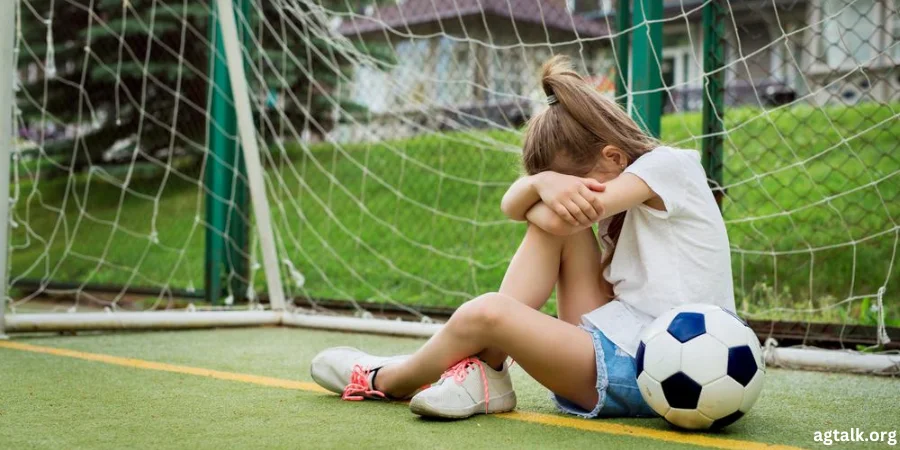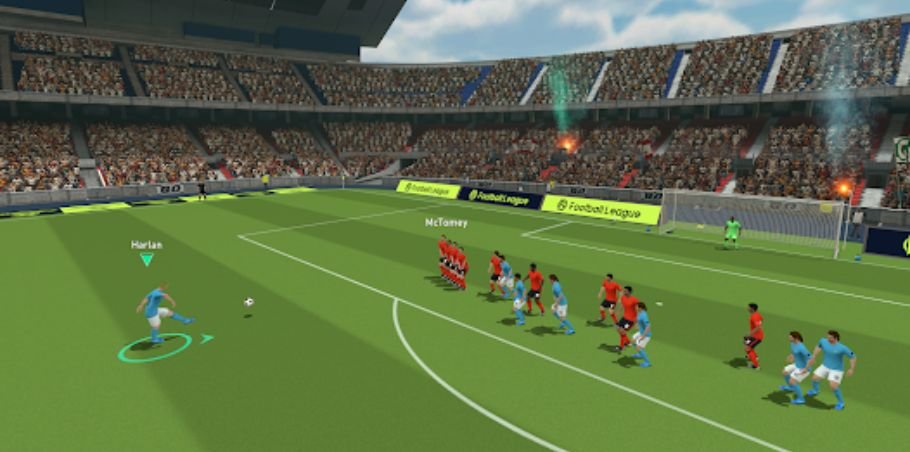Unsuccessful Draft Pick: The Impact on Teams and Players
Unsuccessful draft pick are a common yet unfortunate reality in the world of professional sports. Teams invest heavily in scouting and selecting new talent, hoping to find the next star player who will lead them to victory. However, despite the best efforts and intentions, not all draft picks live up to the hype. Whether due to injuries, off-field issues, or simply failing to adapt to the professional level, these unsuccessful draft picks leave fans and teams grappling with disappointment and questioning what went wrong. Understanding the reasons behind these failures is crucial for improving future draft strategies and supporting player development more effectively.
Historical Context of Draft Picks
The draft process has evolved significantly over the years, becoming a cornerstone of team-building strategies in sports like the NFL, NBA, and MLB. Historically, drafts have produced legendary players who shaped the future of their franchises. Icons like Michael Jordan, Tom Brady, and Derek Jeter were once draft picks whose success stories are well documented. But for every success, there are countless players who didn’t pan out, leaving teams and fans wondering what went wrong.
Identifying an unsuccessful draft pick
What exactly makes a draft pick unsuccessful? The criteria can vary but generally include a failure to meet performance expectations, lack of contribution to the team, and an inability to adapt to the professional level. Common factors leading to an unsuccessful draft pick include injuries, poor work ethic, off-field issues, and sometimes simply being a poor fit for the team’s system or culture.
High Expectations and Pressure
High draft picks come with immense expectations and pressure. Teams invest significant resources in these players, often expecting immediate results. This pressure can be overwhelming, especially for young athletes transitioning from college or amateur levels to professional sports. The psychological impact of these expectations can be detrimental, causing stress and anxiety that hinder performance.
Injury Concerns
Injuries are a major reason why promising draft picks fail to succeed. A severe injury can derail a player’s career before it even starts. For example, Greg Oden, the first overall pick in the 2007 NBA Draft, struggled with chronic knee injuries that severely limited his playing time and performance, making him one of the most notable cases of an unsuccessful draft pick due to health issues.
Lack of Development
The development of a player is heavily dependent on the support and coaching they receive. When teams fail to provide the necessary resources and guidance, a talented player can stagnate. Case studies like Kwame Brown, the first overall pick in the 2001 NBA Draft, highlight how lack of proper development and support can lead to an unsuccessful career despite high potential.
Off-Field Issues
Personal life and behavior off the field can significantly impact a player’s career. Issues such as legal troubles, substance abuse, or poor lifestyle choices often derail promising careers. Johnny Manziel, a former first-round pick in the NFL, faced numerous off-field problems that overshadowed his talent and ultimately led to his early exit from professional football.
Scouting and Evaluation Errors
Even with advanced scouting methods, mistakes in talent evaluation are still common. Scouts may miss crucial details or overestimate a player’s potential based on incomplete data. Biases and misconceptions can also lead to flawed decisions. Ryan Leaf, picked just after Peyton Manning in the 1998 NFL Draft, is a classic example of a player whose abilities were overestimated, leading to a short and tumultuous career.
Organizational Factors
A player’s success is not solely dependent on their talent but also on the organization they join. Teams with poor management, unstable coaching staff, or toxic cultures can negatively impact a player’s development and performance. Players like JaMarcus Russell, the first overall pick in the 2007 NFL Draft, faced numerous challenges within their teams that contributed to their lack of success.
The Role of Media and Public Perception
The media plays a significant role in shaping public perception of draft picks. Intense media scrutiny and hype can add pressure, making it harder for players to live up to expectations. Negative media coverage can also damage a player’s confidence and reputation, as seen with numerous high-profile draft busts.
Long-Term Impacts on Teams
Unsuccessful draft pick have long-term implications for teams. Financially, teams invest heavily in draft picks, and when these players fail, it’s a significant loss. Additionally, the morale and performance of the team can suffer when a highly anticipated player doesn’t deliver. This can lead to a cycle of poor performance and further bad decisions in subsequent drafts.
Lessons Learned from Unsuccessful Draft Picks
Teams can learn valuable lessons from past draft mistakes. Improving scouting techniques, focusing on player development, and providing robust support systems are crucial steps. Evaluating not just talent but also character and fit within the team culture can help mitigate the risk of unsuccessful picks.
Redemption Stories
Not all unsuccessful draft pick stay that way. Some players manage to turn their careers around despite early setbacks. Players like Alex Smith, who struggled initially but later found success, show that with the right support and determination, it’s possible to overcome early career failures.
FAQs about unsuccessful draft pick
1. What are some famous unsuccessful draft pick?
Some famous unsuccessful draft pick include Ryan Leaf (NFL), Greg Oden (NBA), and JaMarcus Russell (NFL). These players were highly anticipated but failed to meet expectations due to various factors such as injuries, off-field issues, and performance inconsistencies.
2. How do teams mitigate the risk of an unsuccessful draft pick?
Teams mitigate risks by improving scouting techniques, conducting thorough background checks, and focusing on both physical and mental aspects of players. Investing in player development programs and providing strong support systems also help.
3. Can an unsuccessful draft pick still have a successful career?
Yes, some players manage to overcome early setbacks and find success later in their careers. Proper support, determination, and sometimes a change of environment can help turn things around for struggling players.
4. What role do fans play in the perception of a draft pick’s success?
Fans play a significant role through their expectations and reactions. High expectations can add pressure, while support and encouragement can boost a player’s confidence. Conversely, negative reactions can impact a player’s morale and performance.
5. How has the draft process changed to reduce the number of unsuccessful picks?
The draft process has evolved with better scouting technology, data analytics, and psychological evaluations. Teams now have more comprehensive methods to assess a player’s potential, reducing the likelihood of unsuccessful picks.
Conclusion
Unsuccessful draft pick are a part of the sports landscape, serving as a reminder of the uncertainties and risks involved in scouting and player development. While they can be costly for teams, they also offer opportunities for learning and improvement. By understanding the factors that contribute to an unsuccessful draft pick, teams can refine their strategies and increase their chances of success in future drafts.
Stay informed with trending updates:
- Vy6ys: Exploring Advanced Encryption Technology
- Andre Hakkak Net Worth: A Journey to Wealth and Achievement
- Archivebate: The Ultimate Guide to Digital Preservation
- Viasa Volava a Uruguay: A Journey Through History and Culture
- Cat in the Chrysalis Spoiler: Unveiling the Mysteries
Share this content:












Post Comment